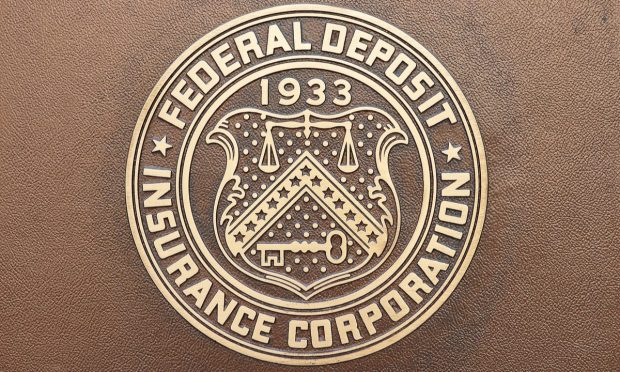FDIC Chairman Says Banking Industry Remained Resilient in Q2

The banking industry remained resilient while encountering a mix of challenges and positive developments in the second quarter, according to the Federal Deposit Insurance Corporation (FDIC).
Despite a decrease in net income from the previous quarter, the industry maintained stable asset quality metrics and strong capitalization, the FDIC said in a Thursday (Sept. 7) press release.
“Despite the period of stress earlier this year, the banking industry continues to be resilient,” FDIC Chairman Martin J. Gruenberg said in the release. “In the second quarter, key banking industry metrics were favorable.”
The aggregate net income for the 4,645 commercial banks and savings institutions insured by the FDIC was $70.8 billion in the second quarter, according to the release. This marks an 11.3% decrease from the first quarter. The decline in net income can be attributed to lower noninterest income, lower net interest income and higher provision expenses. However, excluding the effects of the acquisition of three failed banks in 2023, net income would have remained relatively stable compared to the previous quarter.
Despite the decrease in net income, the banking industry reported an average return on assets (ROA) of 1.21% in the second quarter, which is higher than the same period last year, the release said. However, the net interest margin experienced a decline for the second consecutive quarter, reflecting the rising cost of funds compared to the yield on earning assets.
Unrealized losses on securities increased to $558.4 billion in the second quarter, an 8.3% rise from the previous quarter, per the release.
Community banks witnessed an improvement in net income compared to both the previous quarter and the same period last year, according to the release. Higher noninterest income and lower losses on the sale of securities offset lower net interest income and higher noninterest expenses.
Loan balances experienced growth from the previous quarter and the same period last year, driven by an increase in credit card loans and loans to nondepository financial institutions, the release said.
Total deposits declined for the fifth consecutive quarter primarily due to a reduction in estimated uninsured deposits, per the release.
Despite the challenges, asset quality metrics remained favorable, with noncurrent loans experiencing a slight increase and net charge-offs as a ratio of total loans returning to pre-pandemic levels, according to the release. The reserve ratio for the Deposit Insurance Fund (DIF) declined to 1.1%, reflecting increased assessment income.
In terms of industry activity, two banks opened, one bank failed and 27 institutions merged in the second quarter.
The news comes about a week after the FDIC’s Board of Directors met to discuss a Notice of Proposed Rulemaking jointly with the Board of Governors of the Federal Reserve System and the Office of the Comptroller of the Currency (OCC) to require depository institutions with more than $100 billion in assets to maintain a minimum amount of long-term debt.

